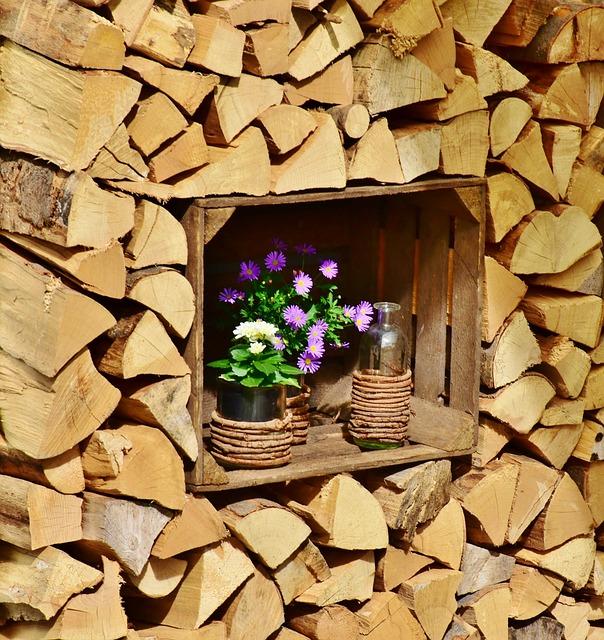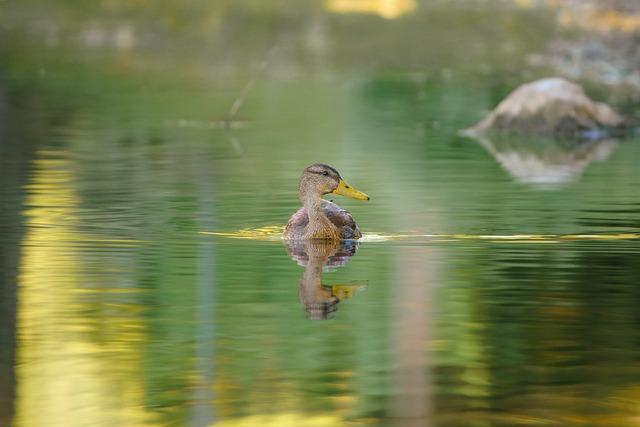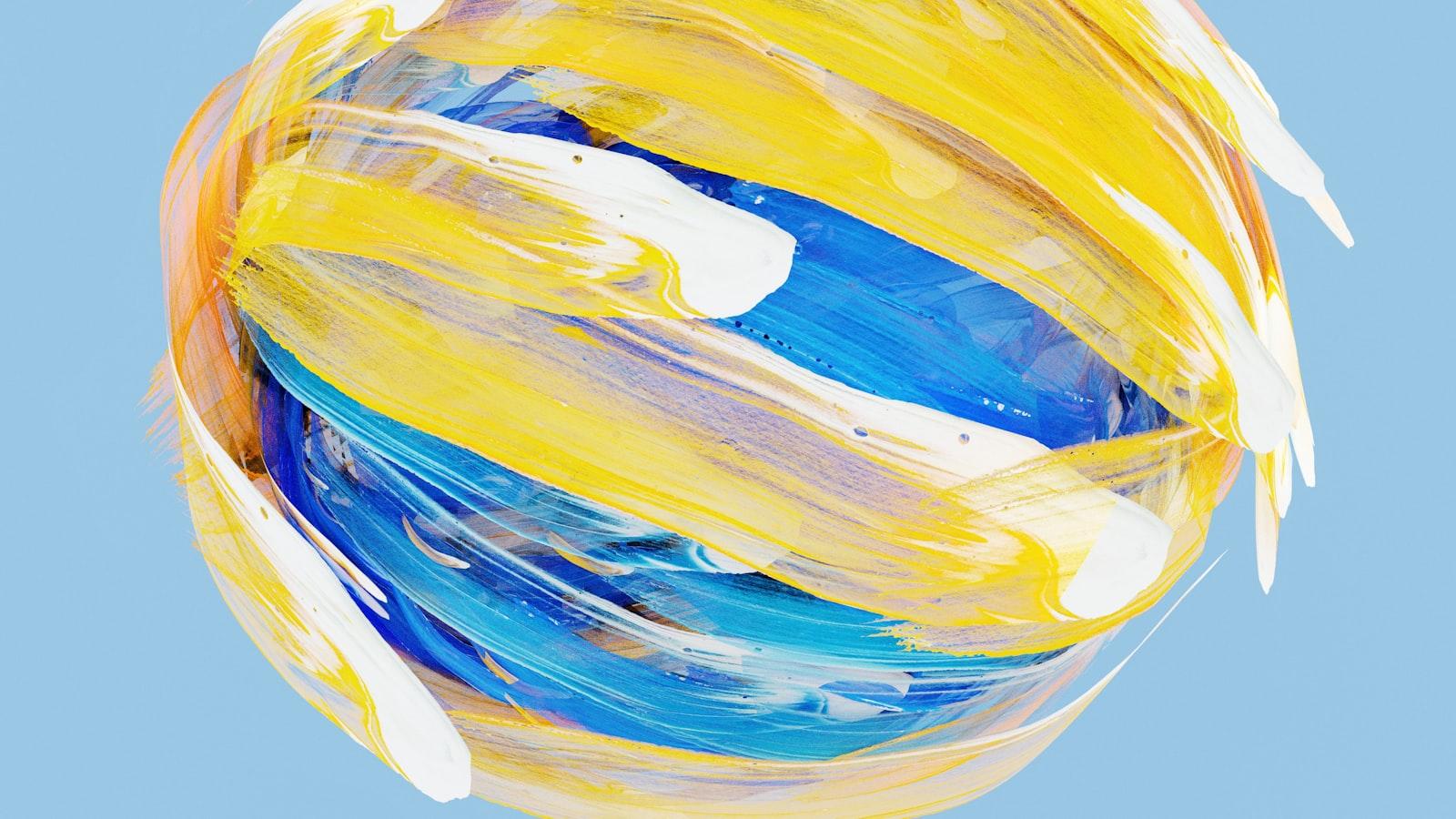In a world where everyone is vying for a piece of the YouTube pie, the question of bias and favoritism on the platform has become a hot topic of discussion. From small creators feeling overshadowed by larger channels to the complexities of the YouTube algorithm, the landscape of content creation can seem like a daunting arena to navigate. But is YouTube truly rigged in favor of the biggest players in the game? Join us as we take a closer look at the challenges faced by small channels, the inner workings of the YouTube algorithm, and the strategies needed to break through the noise and stand out in a crowded space. Let’s unravel the mysteries of YouTube and uncover the truth behind the perception of bias on the platform.
– The Movie Theater Metaphor: Understanding YouTube’s Platform Dynamics
Misconceptions about YouTube’s Algorithm:
Many creators believe that YouTube favors large channels over smaller ones, making it difficult for them to gain traction. However, YouTube’s business model relies on keeping viewers engaged, and their algorithm is designed to show content that users are more likely to watch and enjoy. This means that even smaller channels have a chance of being discovered and gaining a following.
| Allegation | Reality |
|---|---|
| YouTube shows preferential treatment to large channels. | YouTube’s algorithm is designed to promote content that users are more likely to watch and engage with, regardless of channel size. |
| It is impossible for small channels to grow a significant audience. | Although it can take time and effort, it is possible for small channels to grow a loyal following by creating high-quality content and engaging with their audience. |
| YouTube’s recommendation system is biased and unfair. | The recommendation system is based on user behavior and preferences, and is designed to show users content that they are more likely to enjoy. |
To combat potential bias and ensure equitable discovery, it’s crucial to optimize your viewer engagement and metadata. By nailing your niche, focusing on relevant topics, and creating engaging titles and thumbnails, you can increase your chances of being discovered by the right audience. This allows YouTube to accurately match your content with viewers who are genuinely interested, fostering organic growth and reducing the impact of any perceived bias.
| Signal | Importance | Optimization |
| Watch History | Very Important | Create content aligned with your audience’s interests. |
| Metadata (Title, Description) | Important | Use keywords and language that accurately represent your content. |
| Search | Important | Create content that responds to users’ search queries. |

- Embracing Oversaturation: Utilizing Niche Differentiation and Adaptability
Embracing Oversaturation: Utilizing Niche Differentiation and Adaptability
In the vast and ever-expanding digital landscape of YouTube, the concept of oversaturation is a persistent concern. With countless channels vying for attention, it begs the question: can smaller creators compete in this crowded space? The answer to this riddle lies in the strategic utilization of niche differentiation and adaptability.
Niche Differentiation: Defining Your Unique Value Proposition
One effective way to stand out amidst the clamor is to establish a distinct and specialized niche. By focusing on a specific topic or audience, you carve out a unique space for your content. This approach enables you to cater to a targeted audience who is genuinely interested in your offerings. Tailoring your content to a specific niche not only sets you apart but also increases the likelihood that your videos will be discovered by viewers who are actively seeking content that resonates with their interests.
Q&A
Q: Is YouTube biased towards larger channels on the platform?
A: The video suggests that YouTube may give preferential treatment to well-established channels, but also highlights efforts YouTube is making to promote smaller channels.
Q: How can smaller channels overcome the hurdles on YouTube?
A: The video suggests that focusing on niche topics, optimizing titles and thumbnails, engaging with viewers, and staying adaptable are key strategies for smaller channels to grow.
Q: What signals does YouTube use to match the right video with the right viewer?
A: YouTube primarily relies on watch history to figure out viewer preferences, but also considers metadata like titles and descriptions. Creating resonant topics and engaging with early viewers are key factors.
Q: Are there too many channels on YouTube? How can new channels stand out?
A: While oversaturation on the platform is a common concern, the video encourages creators to focus on adapting to changes, staying engaged with their audience, and continuing to create content they enjoy to stand out among the competition.
The Way Forward
the question of whether YouTube shows favoritism towards larger channels is a complex one. While it may seem like the platform is rigged against small creators, it’s important to remember that YouTube is a business that ultimately wants to keep viewers engaged for as long as possible.
However, there are efforts being made by YouTube to help smaller channels get discovered, such as the team dedicated to identifying new audiences. It’s crucial for creators to focus on niches they’re passionate about and optimize their titles and thumbnails to stand out in a crowded space.
Oversaturation may feel daunting, but remember that there are billions of viewers on the platform every month, providing plenty of opportunities for new creators to be discovered. And while the competition may seem fierce, many channels end up giving up, leaving room for persistent creators to shine.
So, if you’re a small channel feeling frustrated by the challenges of growing on YouTube, don’t lose hope. Stay focused on creating content you’re passionate about, adapt to the ever-changing landscape of the platform, and remember that persistence and dedication can lead to success. Keep uploading, keep engaging with your audience, and keep pushing forward. Who knows, the next big YouTube star could be you!






